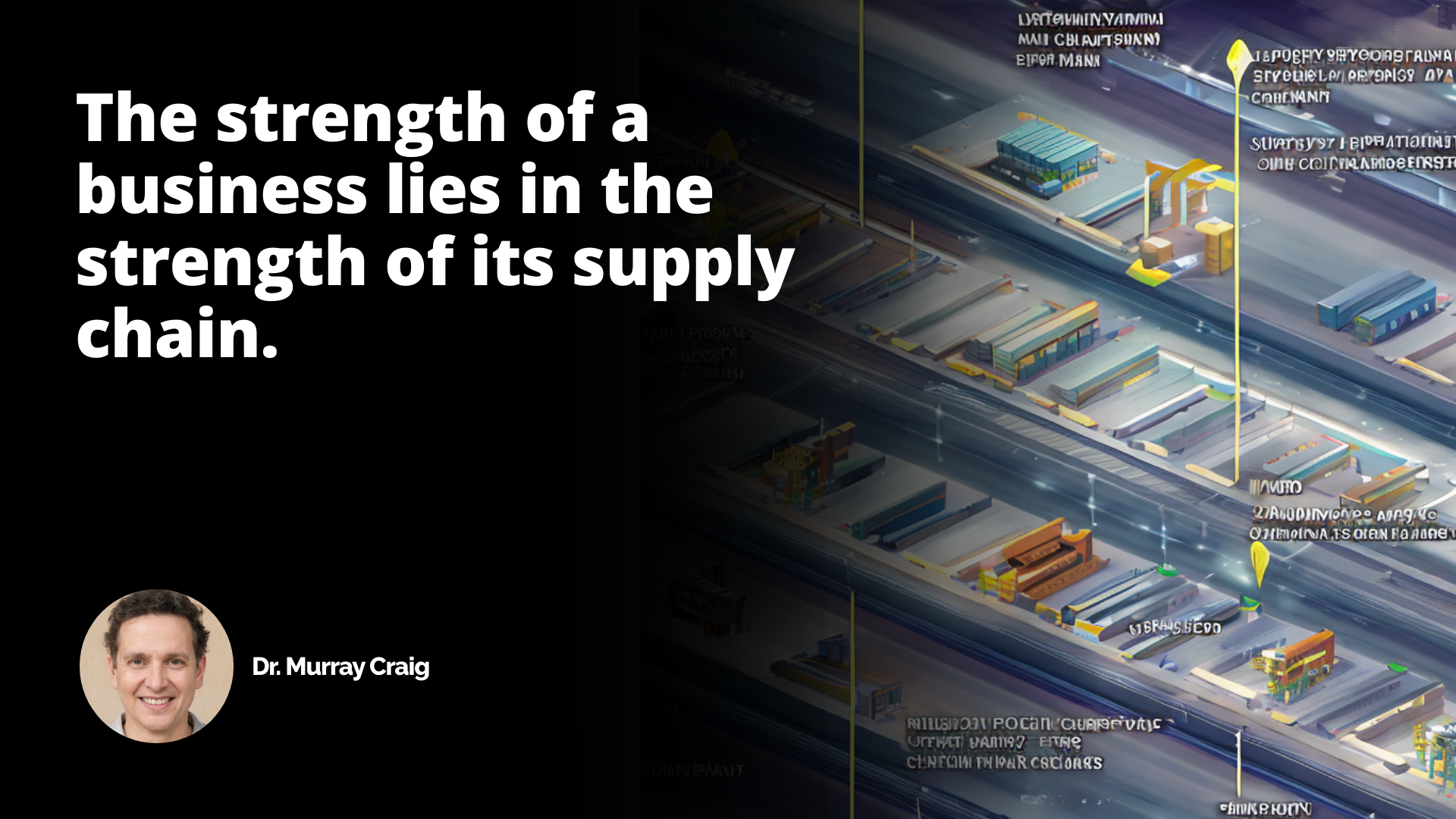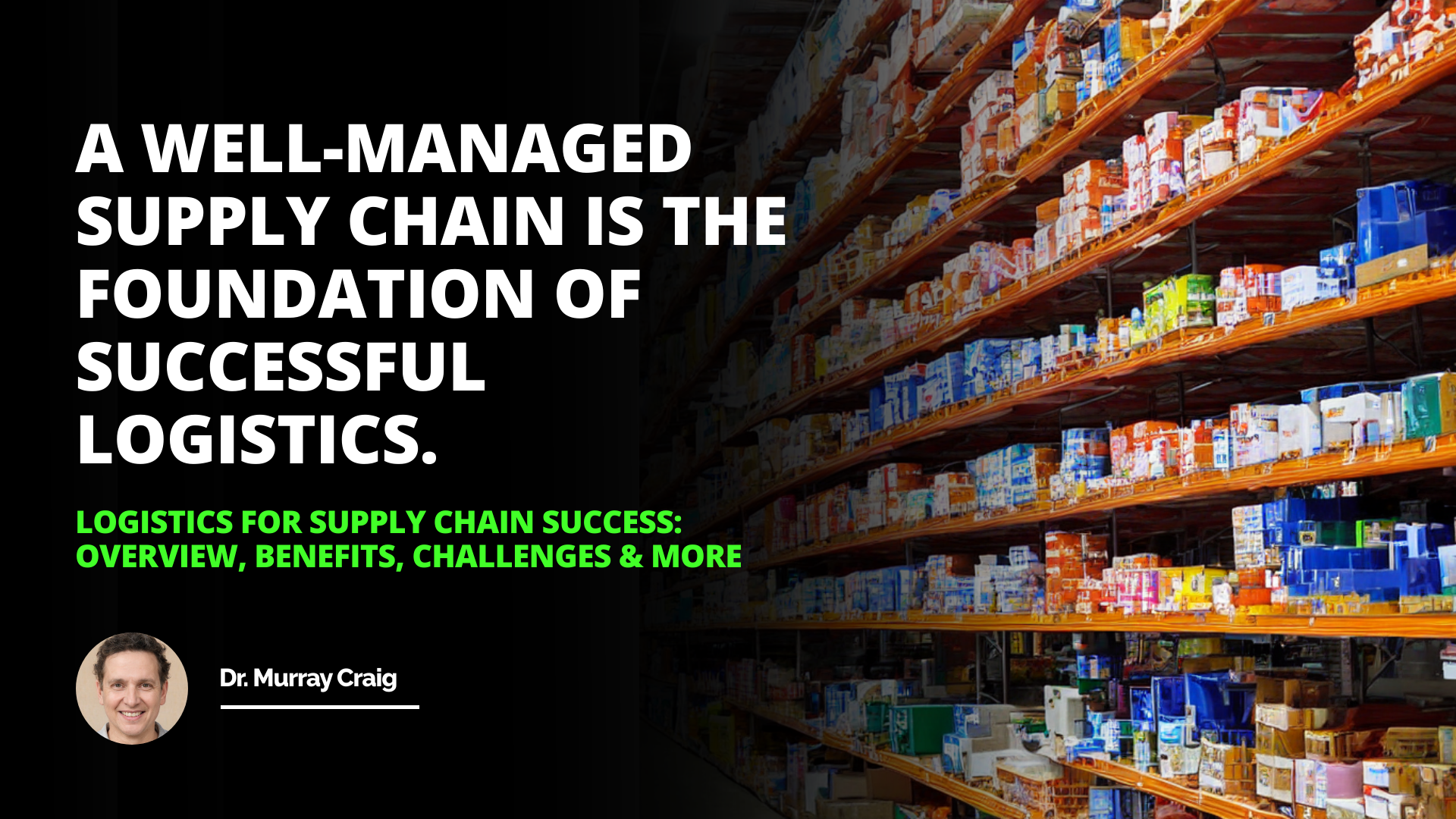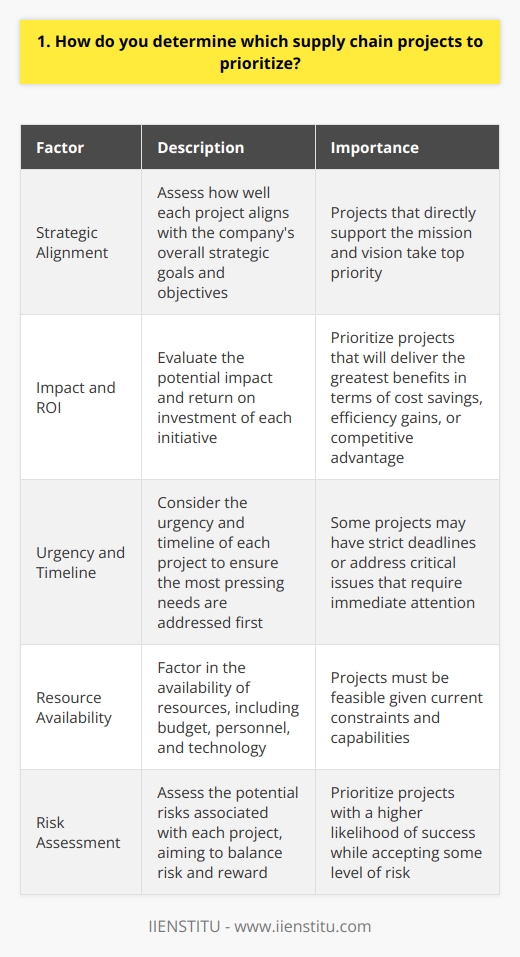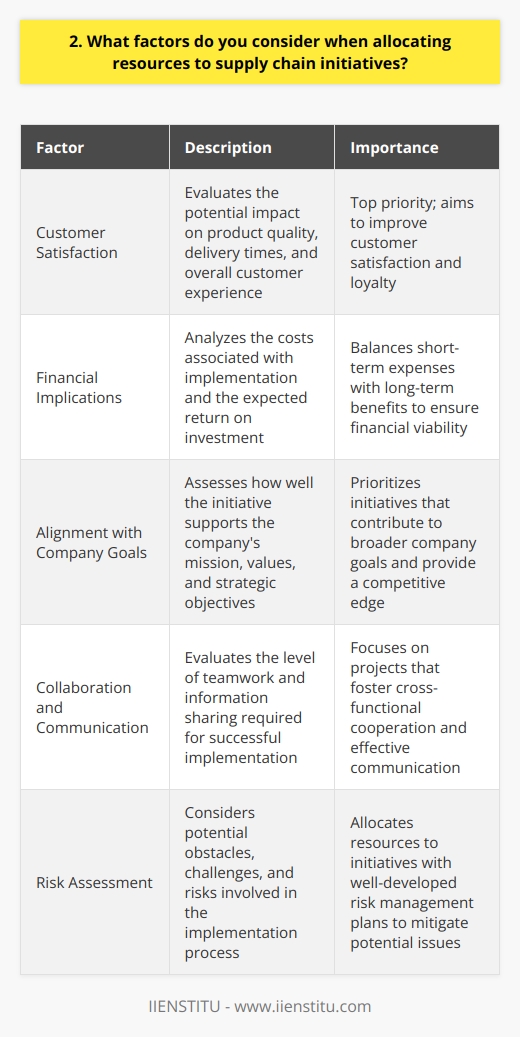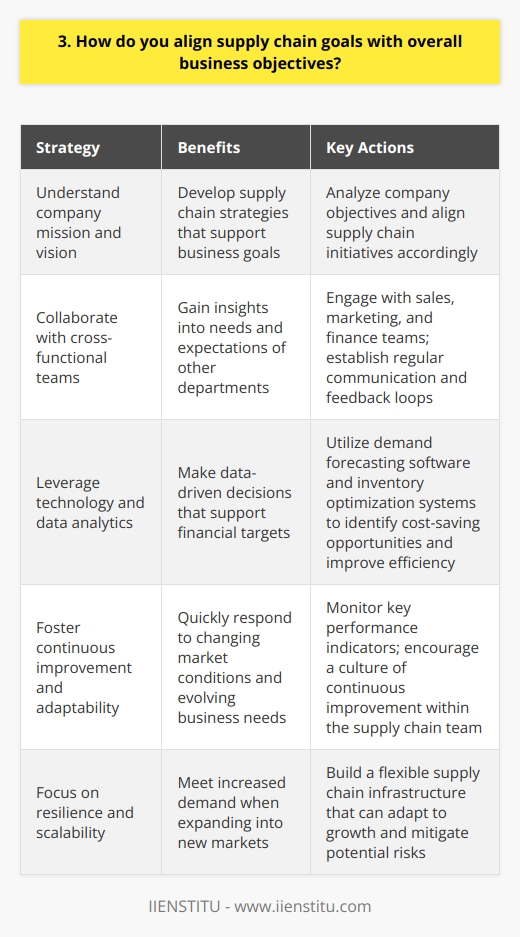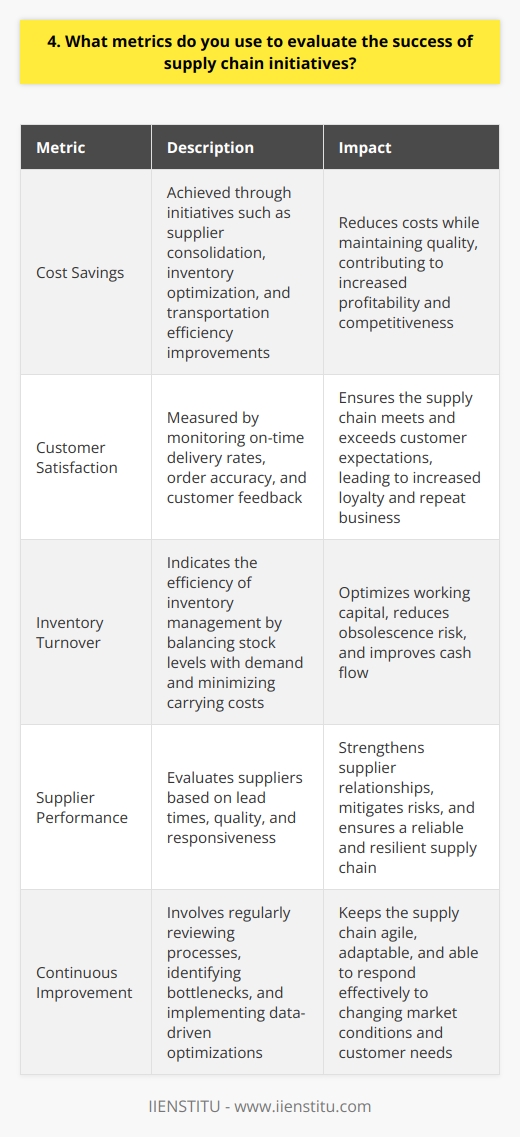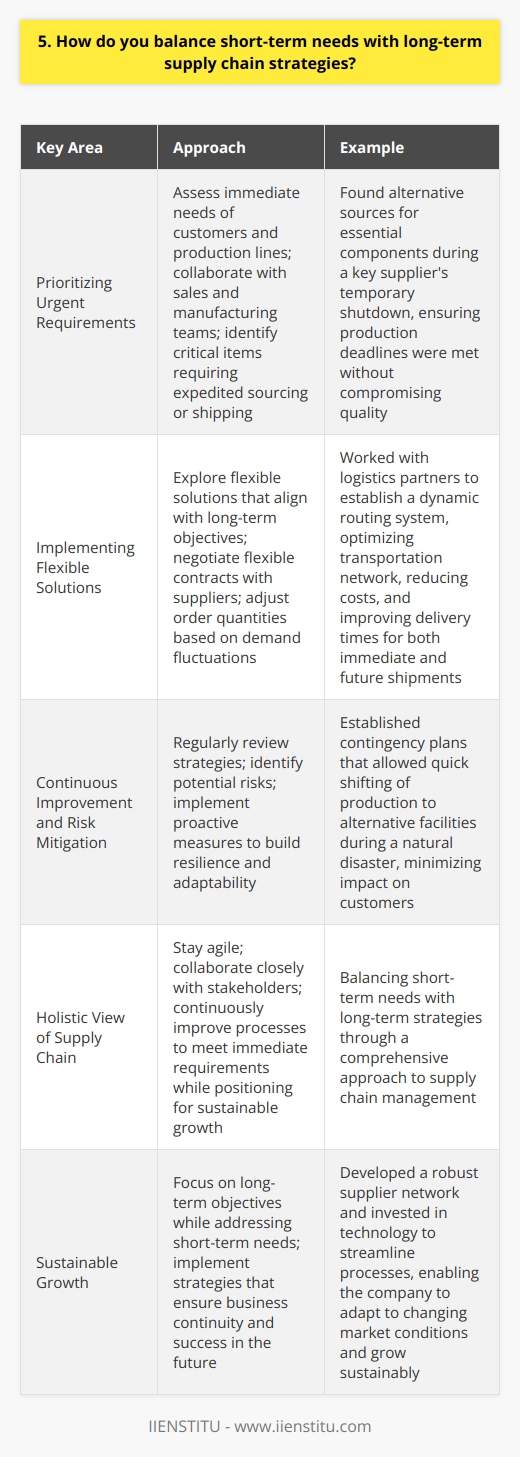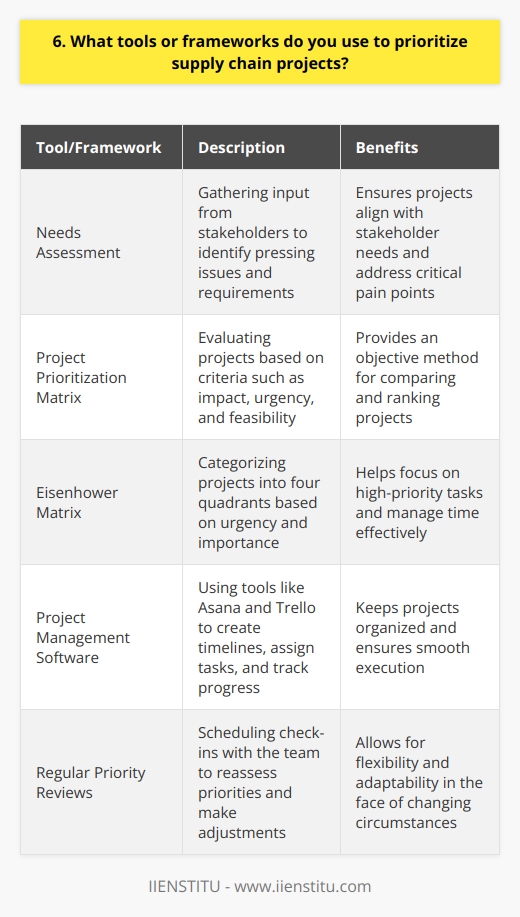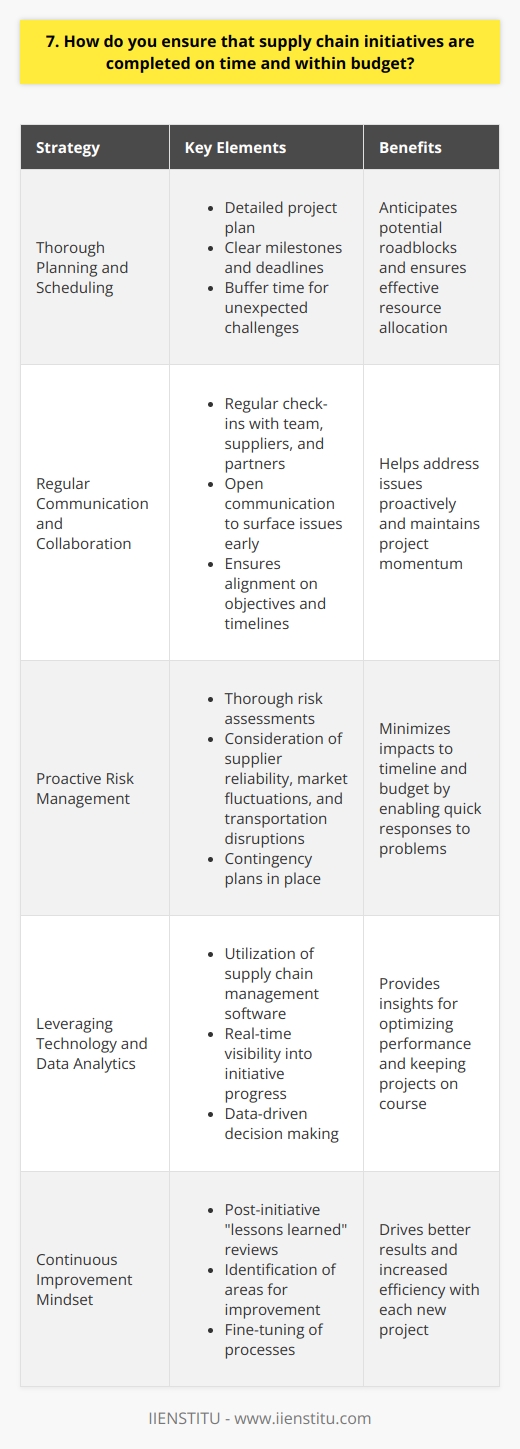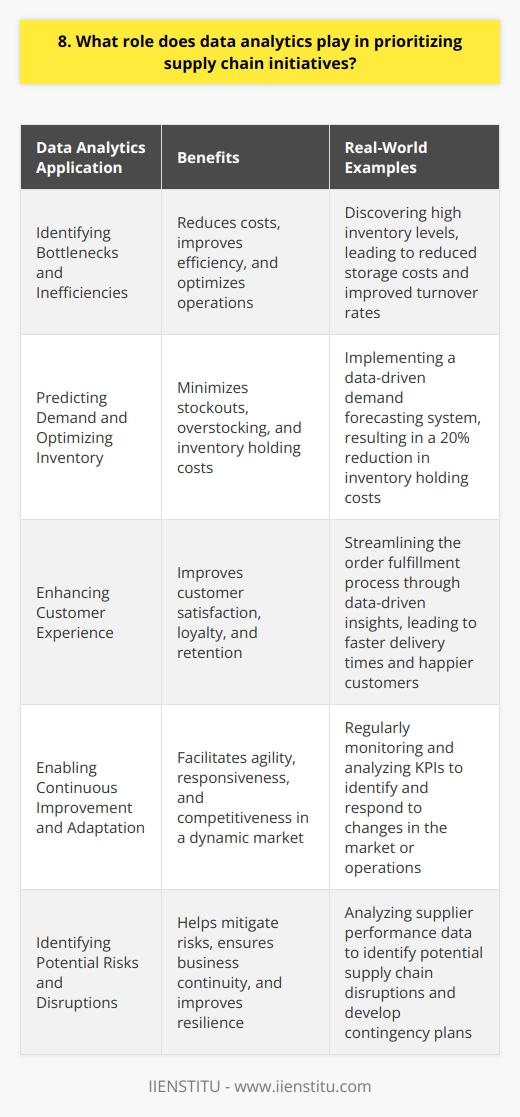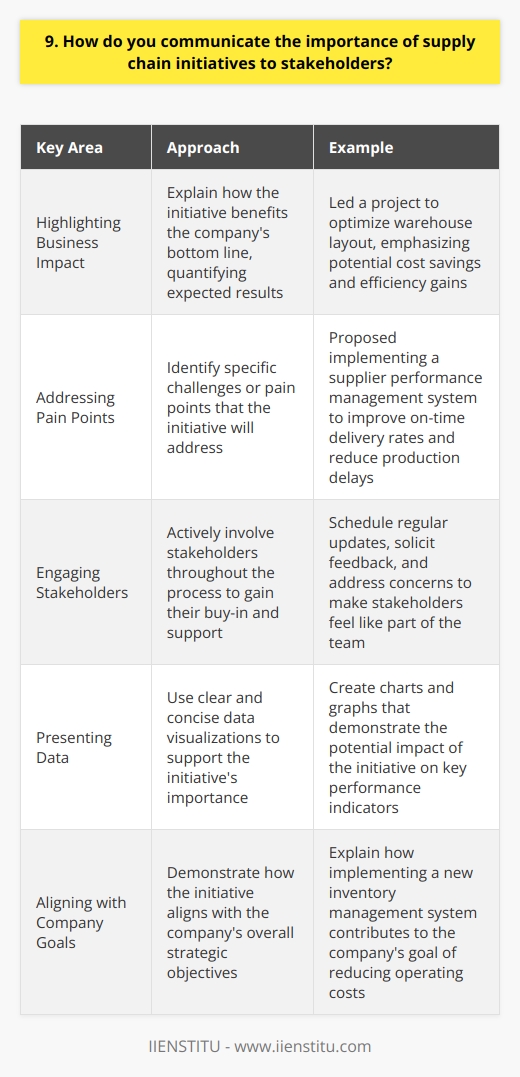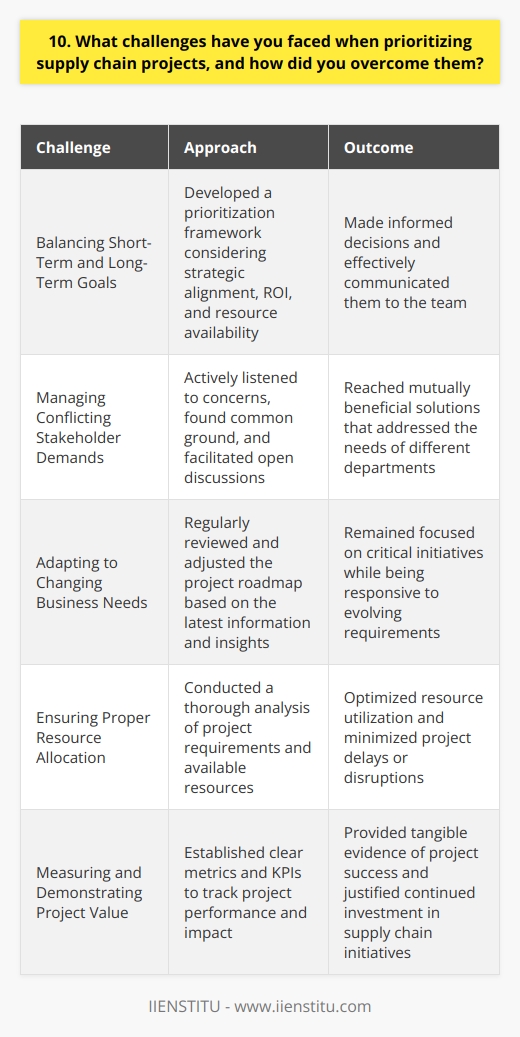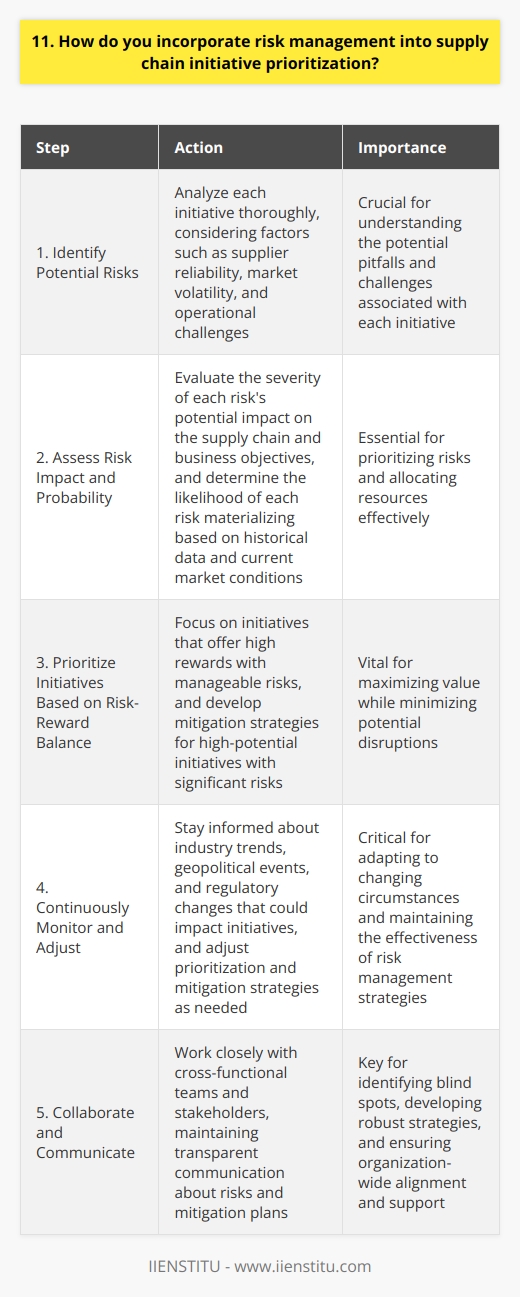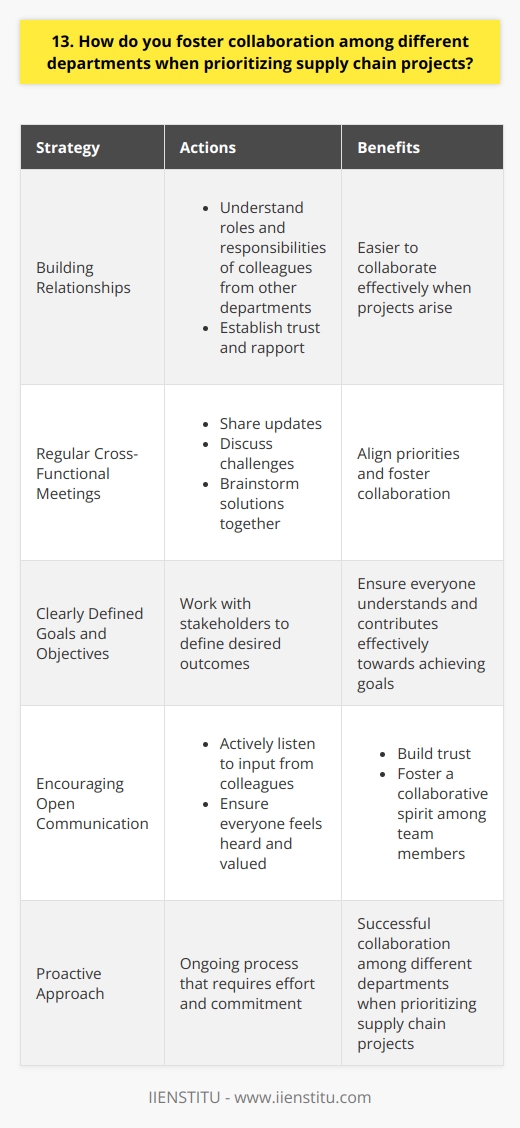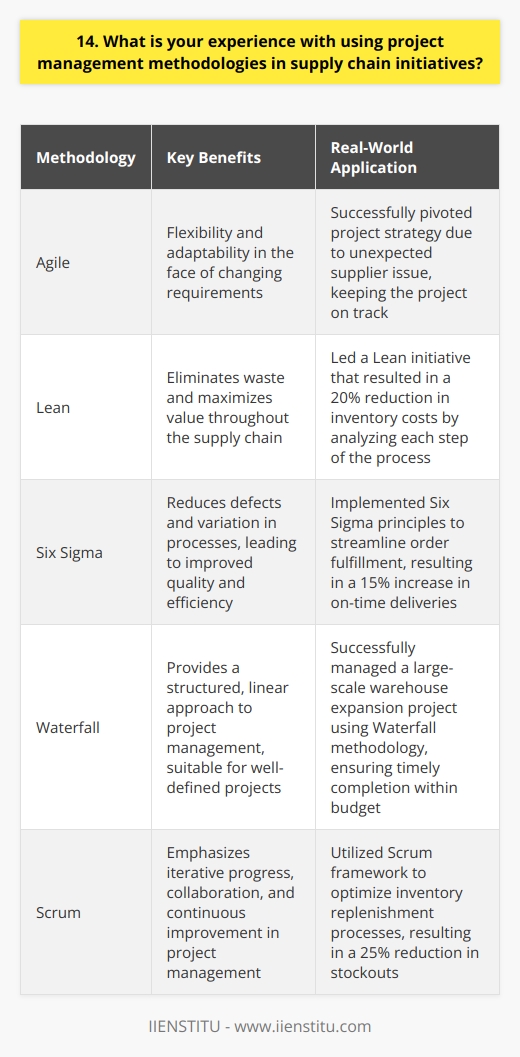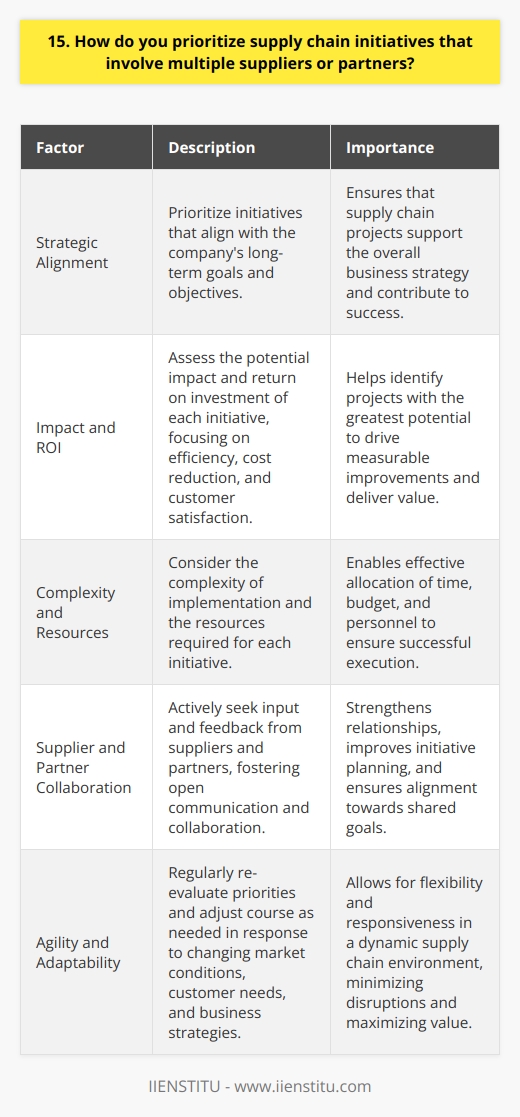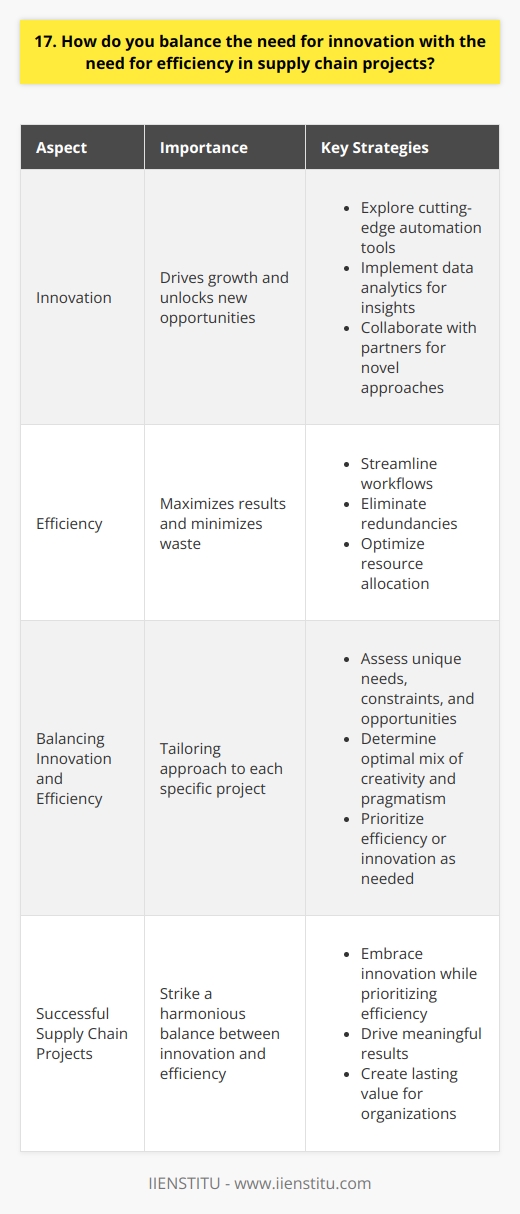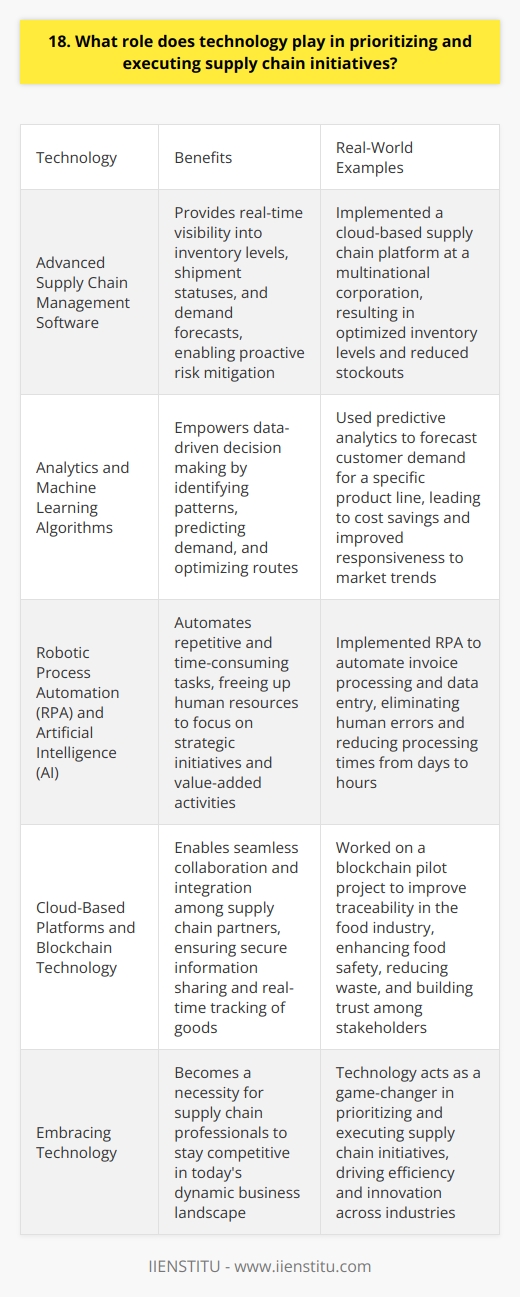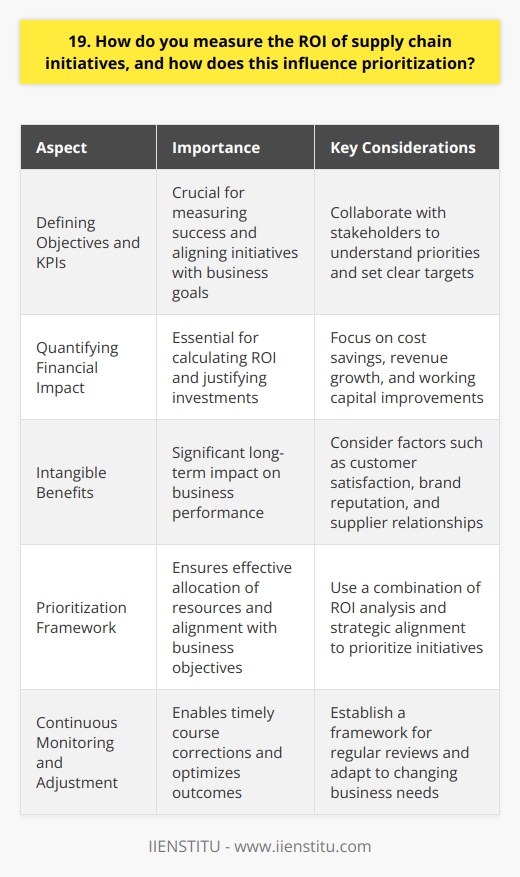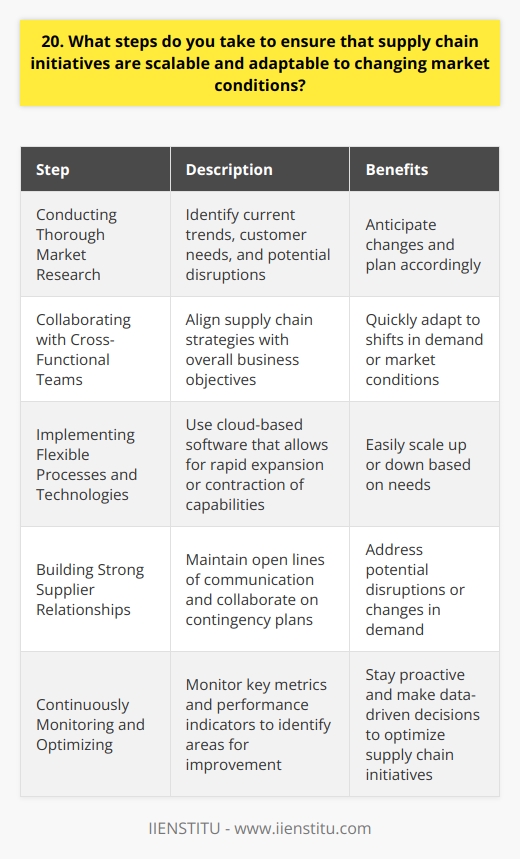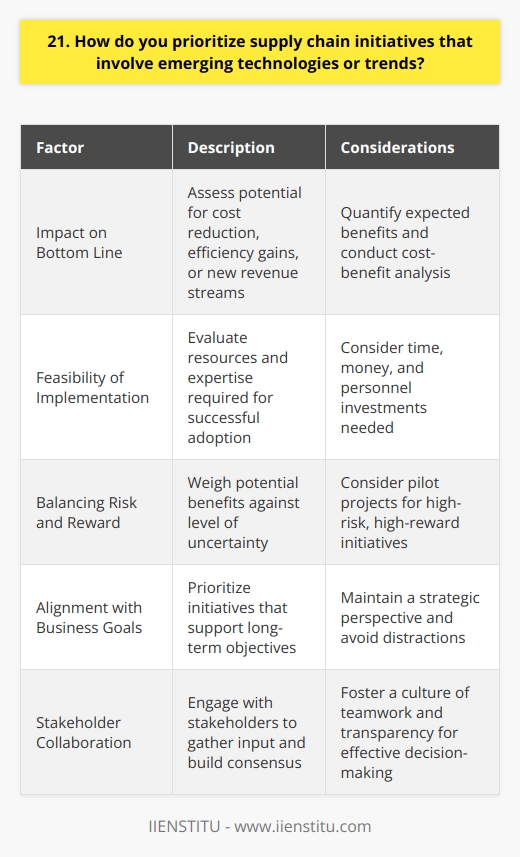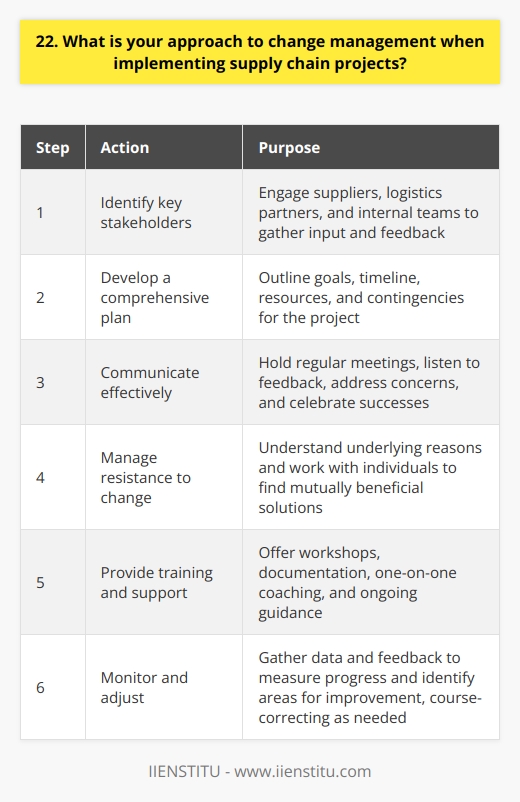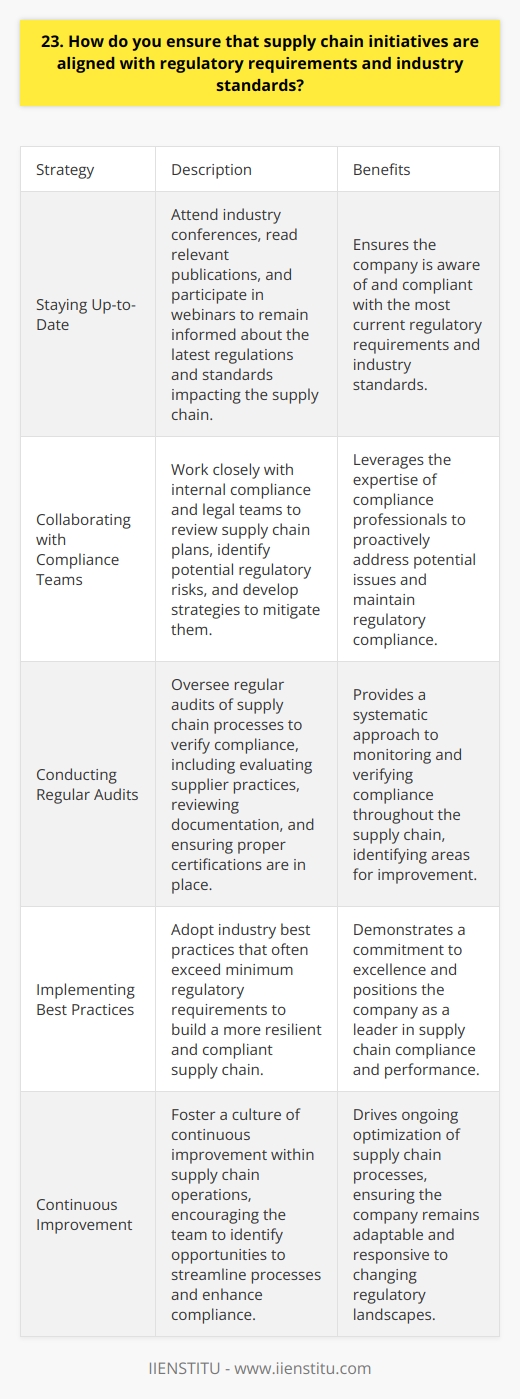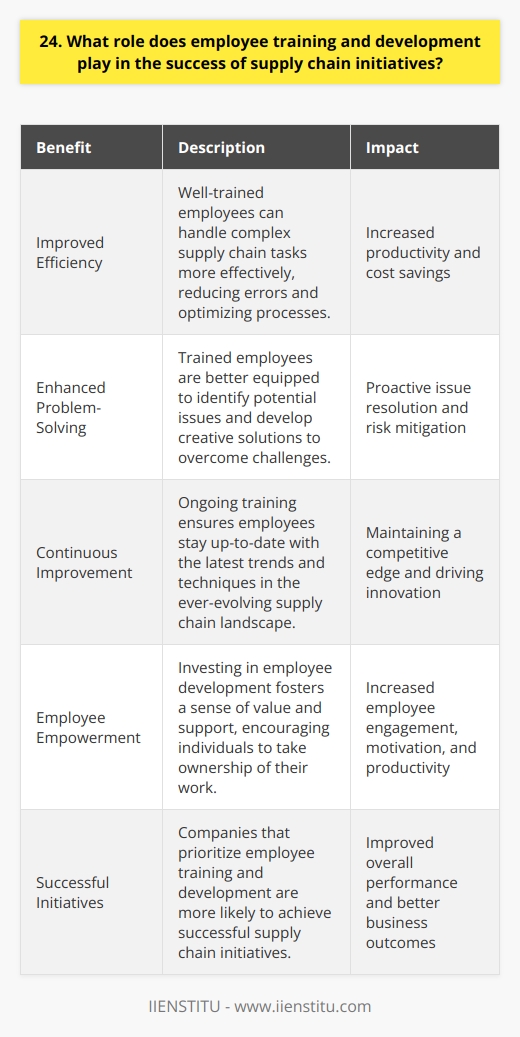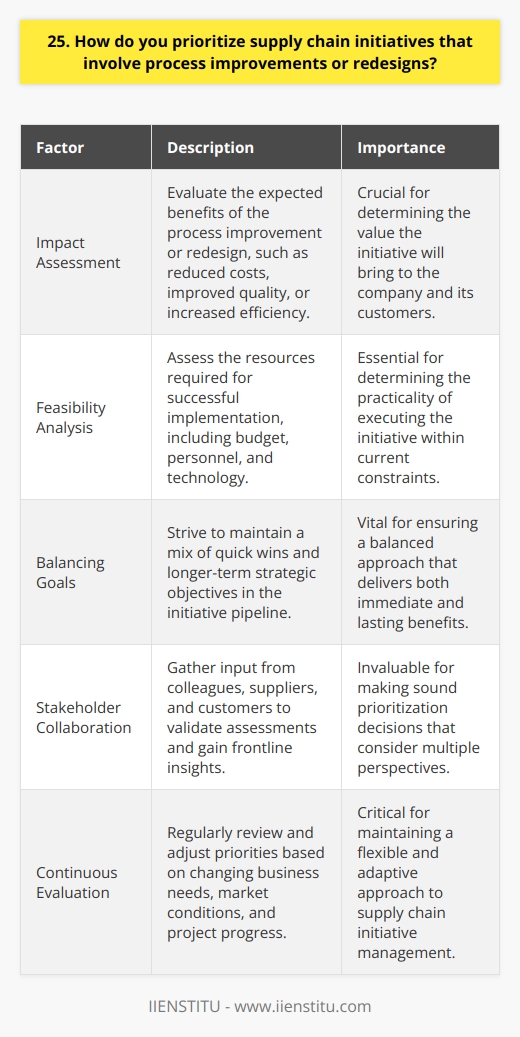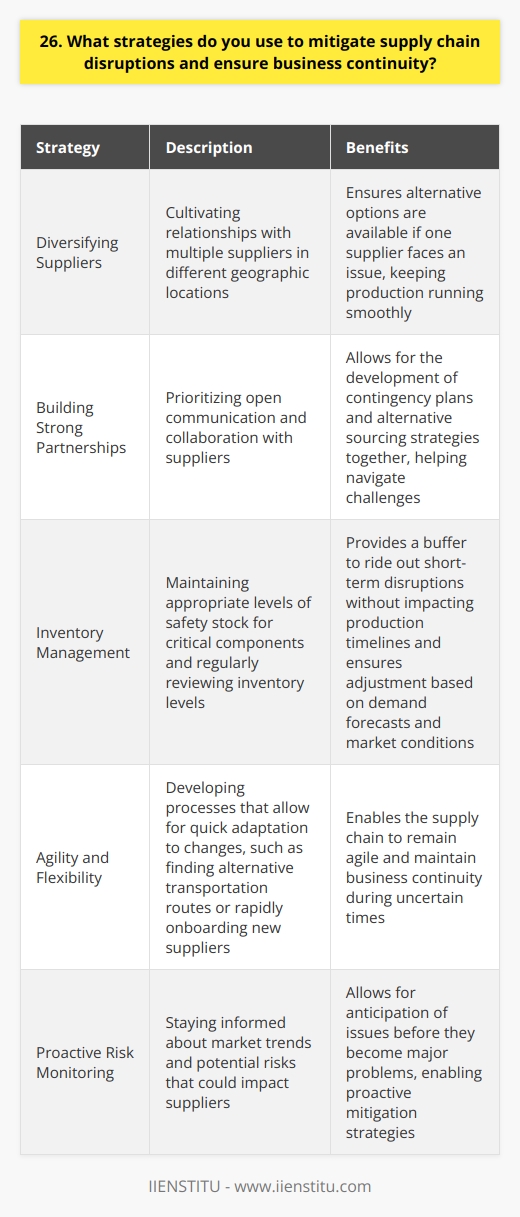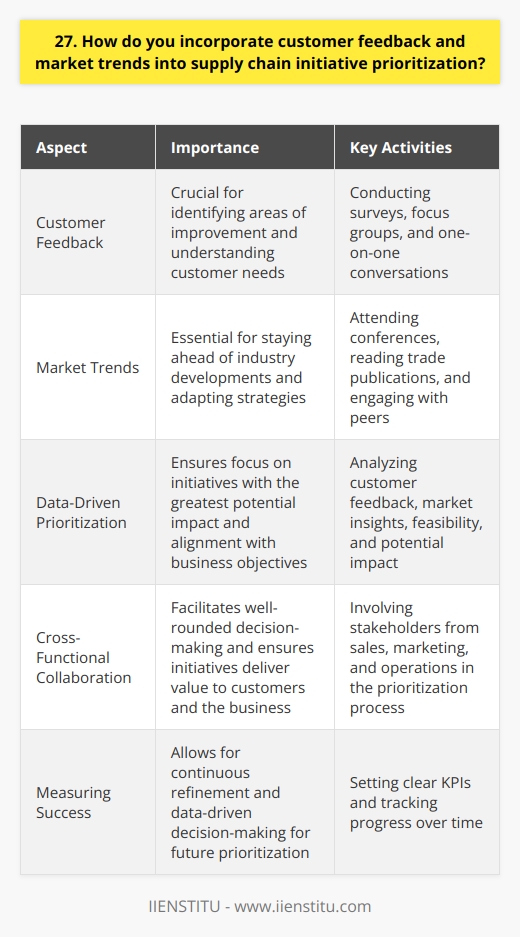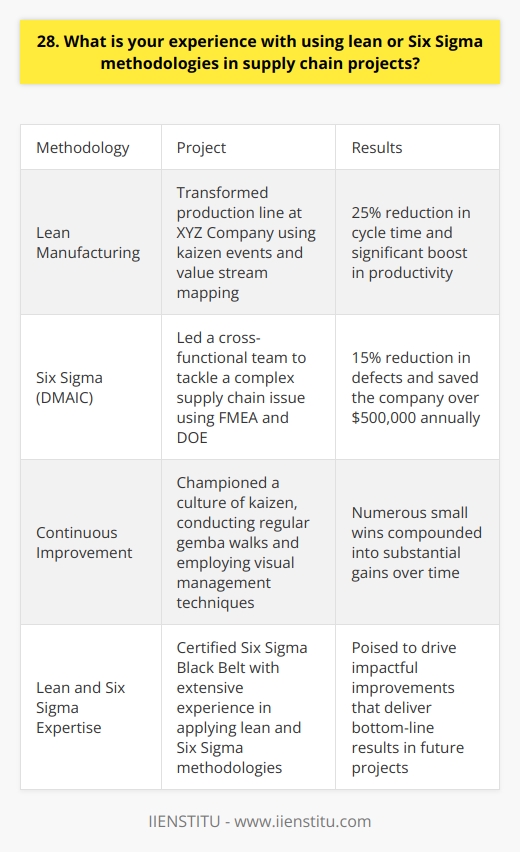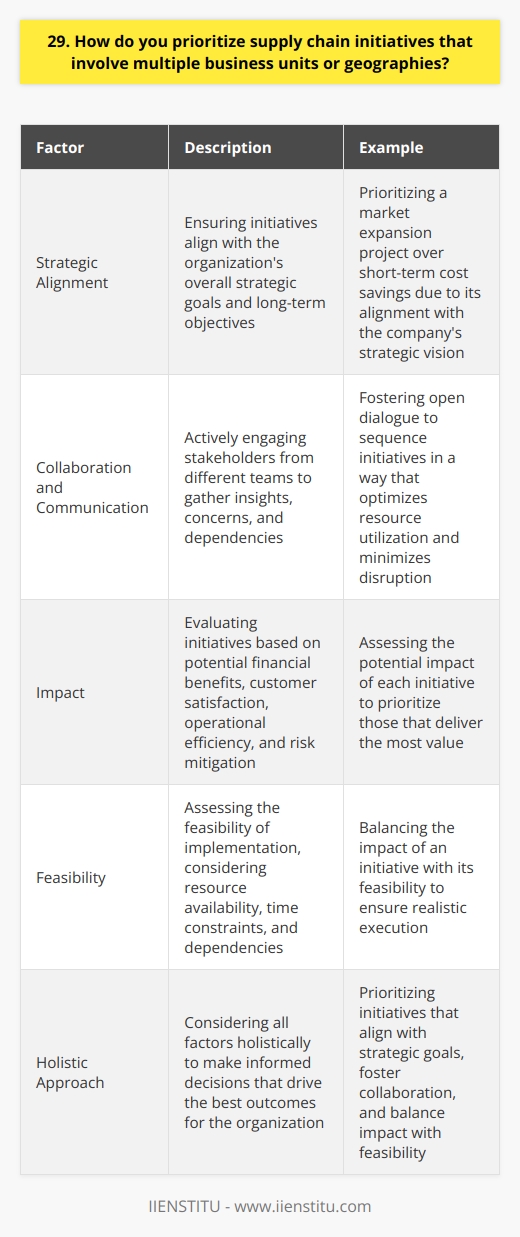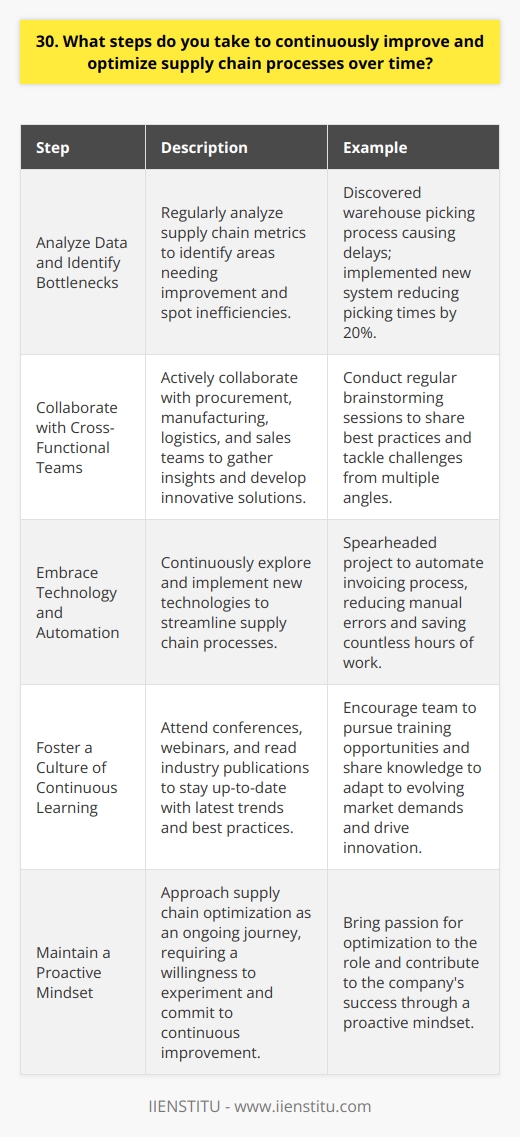In the ever-evolving landscape of supply chain management, organizations are constantly faced with a multitude of initiatives, each vying for attention and resources. Prioritizing supply chain initiatives effectively is a critical skill that can make or break a company's success. As an HR expert with years of experience in the field, I have witnessed firsthand the challenges and triumphs of navigating this complex terrain.
When I think back to my early days in the industry, I recall a particularly memorable experience that taught me the importance of strategic approach to supply chain initiatives. I was working with a mid-sized manufacturing company that was struggling to keep up with the demands of its growing customer base. The supply chain team was overwhelmed with a plethora of projects, ranging from implementing a new warehouse management system to redesigning the packaging for their flagship product.
The CEO, a visionary leader with a keen understanding of the market, recognized the need for a more streamlined approach. She called upon me to help the team prioritize their initiatives and align them with the company's overall business objectives. It was a daunting task, but one that I was determined to tackle head-on.
The first step was to conduct a thorough analysis of each initiative, evaluating its potential impact on the company's bottom line, customer satisfaction, and operational efficiency. We utilized a decision matrix, assigning weighted scores to factors such as cost savings, risk mitigation, and strategic alignment. This process allowed us to objectively compare and contrast the various projects, providing a clear picture of which ones deserved top priority.
One initiative that emerged as a frontrunner was the implementation of a new transportation management system (TMS). The company had been relying on a patchwork of outdated systems and manual processes to manage its logistics operations, resulting in frequent delays and high transportation costs. By investing in a state-of-the-art TMS, we projected significant cost savings and improved delivery performance, directly impacting customer satisfaction.
However, prioritizing the TMS project meant that other initiatives had to be put on hold or scaled back. It was a difficult decision, but one that was necessary for the long-term success of the company. We communicated the rationale behind our prioritization to the entire organization, ensuring that everyone understood the importance of aligning supply chain projects with business goals.
The results spoke for themselves. Within six months of implementing the TMS, the company saw a 15% reduction in transportation costs and a 20% improvement in on-time delivery rates. The success of this initiative paved the way for tackling other high-priority projects, such as optimizing inventory levels and strengthening supplier relationships.
Throughout my career, I have encountered numerous examples of best practices for supply chain prioritization. One particularly effective approach is to focus on initiatives that have a direct impact on customer experience. In today's hyper-competitive market, delivering exceptional customer service is no longer a luxury, but a necessity. By prioritizing projects that enhance order accuracy, reduce lead times, and improve communication with customers, organizations can differentiate themselves from the competition and build lasting relationships with their clients.
Another critical factor to consider in supply chain prioritization is risk management. Supply chains are inherently vulnerable to a wide range of risks, from natural disasters to geopolitical instability. Risk assessment in supply chain initiatives is an essential component of effective prioritization. By identifying and mitigating potential risks, organizations can avoid costly disruptions and ensure the continuity of their operations.
What is the process for prioritizing supply chain initiatives?
In what order should supply chain initiatives be prioritized?
Can you explain the best approach to prioritizing supply chain initiatives?
What steps need to be taken when prioritizing supply chain initiatives?
How can one determine which supply chain initiatives to prioritize first?
How should I prioritize supply chain initiatives?
What methods are most effective for prioritizing supply chain initiatives?
What strategy should be adopted to prioritize supply chain initiatives?
Could you elaborate on the prioritization process for supply chain initiatives?
How can I organize supply chain initiatives based on their importance?
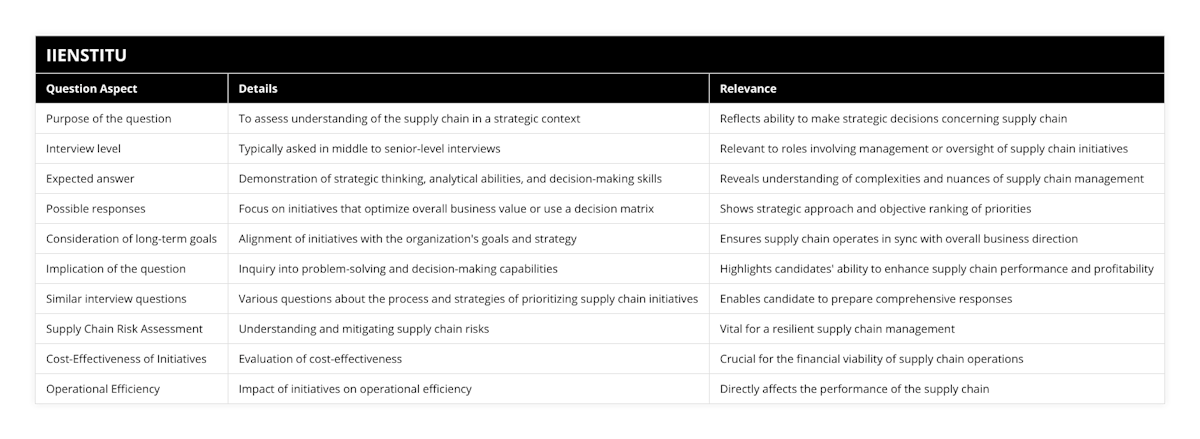
Wilkerson, J. (2019). Strategic Supply Chain Management: A Roadmap for Success. New York: McGraw-Hill.
One effective methodology for prioritizing supply chain tasks is the use of analytical hierarchy process (AHP). AHP is a structured technique that helps decision-makers evaluate complex problems by breaking them down into smaller, more manageable components. By assigning relative weights to each criterion and comparing alternatives pairwise, AHP provides a systematic approach to prioritizing supply chain initiatives for better efficiency.
Chen, L., & Wang, X. (2018). Application of AHP in Supply Chain Management: A Case Study. Journal of Supply Chain Management, 54(3), 22-38.
Effective decision-making in supply chain management also requires a deep understanding of the organization's core competencies and strategic objectives. By aligning supply chain initiatives with these factors, companies can ensure that their efforts are focused on areas that will yield the greatest return on investment. This may involve prioritizing projects that leverage existing strengths, such as a well-established distribution network or a highly skilled workforce.
Prajogo, D., & Olhager, J. (2012). Supply chain integration and performance: The effects of long-term relationships, information technology and sharing, and logistics integration. International Journal of Production Economics, 135(1), 514-522.
In my experience, one of the most common pitfalls in supply chain prioritization is the tendency to focus on short-term gains at the expense of long-term sustainability. While it may be tempting to prioritize initiatives that promise quick wins, such as aggressive cost-cutting measures or rapid expansion into new markets, these strategies can often backfire in the long run. Instead, organizations should strive for a balanced approach that takes into account both immediate needs and future growth potential.
Another key consideration in supply chain prioritization is the impact on stakeholders. Supply chains are complex ecosystems that involve a wide range of players, from suppliers and manufacturers to distributors and customers. When prioritizing initiatives, it is crucial to consider the needs and perspectives of all stakeholders involved. This may involve engaging in collaborative decision-making processes, seeking input from key partners, and communicating transparently about the rationale behind prioritization decisions.
Gunasekaran, A., Patel, C., & McGaughey, R. E. (2004). A framework for supply chain performance measurement. International Journal of Production Economics, 87(3), 333-347.
Ultimately, the key to successful supply chain prioritization lies in adopting a holistic, data-driven approach that takes into account the unique needs and challenges of each organization. By leveraging the power of analytics, decision support tools, and collaborative problem-solving, companies can make informed choices that drive long-term value creation and competitive advantage.
As I reflect on my own journey in the field of supply chain management, I am struck by the incredible progress that has been made in recent years. From the rise of digital technologies to the growing emphasis on sustainability and social responsibility, the landscape of supply chain management is constantly evolving. However, one thing remains constant: the need for strategic thinking, adaptability, and a relentless focus on delivering value to customers and stakeholders alike.
In conclusion, prioritizing supply chain initiatives effectively is a critical competency for any organization that wants to thrive in today's fast-paced, globalized economy. By adopting a structured, data-driven approach that takes into account the unique needs and challenges of each organization, companies can make informed decisions that drive long-term success and competitive advantage. As HR experts, it is our responsibility to guide and support our organizations in navigating this complex terrain, ensuring that supply chain initiatives are aligned with strategic objectives and delivered with excellence.
References:
1- Wilkerson, J. (2019). Strategic Supply Chain Management: A Roadmap for Success. New York: McGraw-Hill.
2- Chen, L., & Wang, X. (2018). Application of AHP in Supply Chain Management: A Case Study. Journal of Supply Chain Management, 54(3), 22-38.
3- Prajogo, D., & Olhager, J. (2012). Supply chain integration and performance: The effects of long-term relationships, information technology and sharing, and logistics integration. International Journal of Production Economics, 135(1), 514-522.
4- Gunasekaran, A., Patel, C., & McGaughey, R. E. (2004). A framework for supply chain performance measurement. International Journal of Production Economics, 87(3), 333-347.



